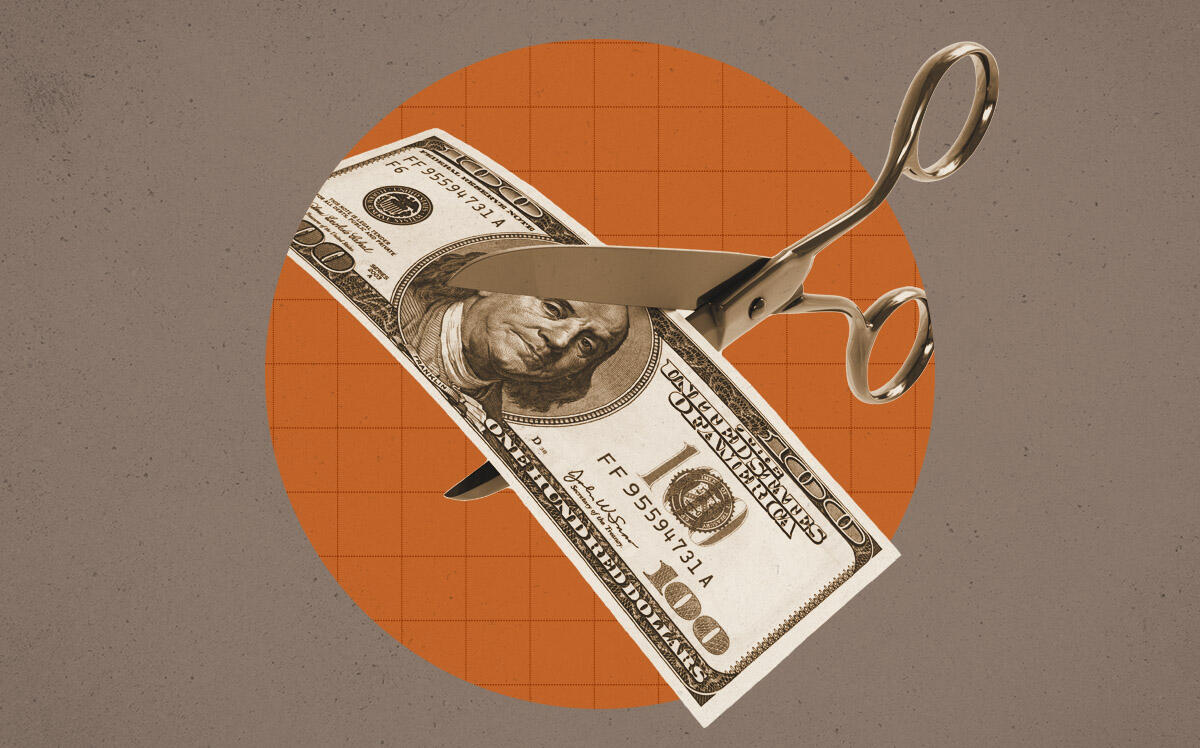Even San Francisco’s red-hot residential market is feeling some fallout from rising interest rates and a declining stock market.
The region still has extremely low inventory and challenges on affordability, with a median-priced home only penciling out for would-be buyers with annual incomes of $350,000 and up. But something new has been popping up with increasing frequency this spring: price reductions
“It looks like a consistent trend is beginning to develop, indicating that year-over-year the number of price reductions is increasing (admittedly from a very low base last year) and the market has begun cooling from the extremely heated conditions which have existed,” Patrick Carlisle, Compass chief data analyst, said via email.
Compass gets its price reduction data from Realtor.com, which shows that cuts as a percentage of total listings jumped throughout the Bay Area in March and largely went up a bit further in April.
San Francisco is leading the way, with 11 percent of listings sporting price cuts in April compared with 7.5 percent in February.
Price cuts often rise in the summer and again in late fall as sellers hope to get buyers’ attention before they leave town to travel or visit family for the holidays. But that trend “may be creeping up earlier” this year, Wiskerchen said.
San Francisco agents said that, while it’s still a sellers’ market, especially for less expensive properties, homes suddenly seem more vulnerable to price reductions because interest rates went up at the same time that the stock market, especially tech stocks, went down.
“You’ve got a tech-sector economy in the Bay Area––the Nasdaq and really all the indexes aren’t doing well, and if you’re holding one particular stock you may be doing worse,” said Joseph Lucier of Sotheby’s. “So I think there’s a choppiness in the market this spring that you didn’t have, certainly, last year.”
Lucier listed a 5,250-square-foot landmarked Pacific Heights mansion overlooking Alta Plaza Park for $8.75 million in early April. One month later he dropped the price by nearly $1 million, and two weeks after that it was in contract.
“In the Bay Area, if you haven’t secured a contract in 30 days, your [pricing is] off,” Lucier said.
Agents said they are advising clients to drop their asking prices if the home goes without an offer for more than a few weeks. They are also trying to revise price expectations with sellers, who generally “want to hear the best things”––which doesn’t include changing market conditions that could push prices down, said Dale Boutiette of Compass.
Typically, the seller of a home that came on the market in mid-April would first talk pricing with their agent in January or February, said Boutiette. Normally, that lag time is unremarkable, but with this year’s quickly rising “uncertainty” sellers who established expectations several months ago might be opposed to dropping their prices now, he said.
“You’ve got this stickiness in that group of listings where the expectations are higher than the market will bear,” Boutiette said.
Were he to start a pricing conversation with a seller today, it would be “totally different” than it was just a few months ago, he said.
Yet agents also said that buyers shouldn’t be overconfident. There’s still far more demand than supply.
Yes, prices will drop, said Fred Nolan of Vanguard Properties, and anyone who doesn’t believe it “has their head in the sand.”
But the cautionary atmosphere “doesn’t mean that the sky is going to fall,” Nolan said,
He expects the market to slow as usual this summer but said he wouldn’t be surprised to see a resurgence in the fall, assuming interest rates stop their upward climb and tech stocks rebound. In the meantime, he advises buyers to stop stressing over inflation rates that are still relatively low and make their moves.
“We have very few of these moments in San Francisco real estate and when it comes you just have to take advantage of it,” Nolan said.
If buyers don’t stay engaged, the fall selling season could look very different than it has in the recent past. Lucier of Sotheby’s said buyers will be looking at sales data from the summer to decide how much they are willing to pay this fall. He believes pricing come September will be “even more key than it is today.”
“I don’t see blue skies ahead right now,” he said. “So sellers, the smart ones, are just getting ahead of it with their brokers and making their adjustments.”
San Francisco isn’t alone on signs of the market turning choppy. Alameda, Marin, San Mateo and Santa Clara counties each are in line with the recent month-to-month trend of more price cuts on residential listings. And all of the markets except Santa Clara County showed increases in markdowns on a year-to-year comparison, too.
Santa Clara County–home to San Jose and the largest market in Silicon Valley–had the lowest percentage of price cuts, with fewer than 5% of all listings on markdown in April. That’s a jump from 2.8% in February but still low for the region in historical terms.
Santa Clara and other parts of Silicon Valley–or the South Bay–could be buoyed by return-to-work policies at many tech companies that are getting buyers thinking about their commutes again.
“In 2018 and 2019, Santa Clara County usually saw the most price reductions, but in the last six months it has seen the fewest,” according to Sara Wiskerchen of Realtor.com.
Santa Clara County also has the strongest price growth, with a median listing price of $1.5 million in April 2022—a 50% increase in five years.
Read more



